Travelers seem to like to lump all of Malaysian Borneo together, but I found the states of Sabah and Sarawak—and, in particular, their capitals of Kota Kinabalu and Kuching—to be completely different.
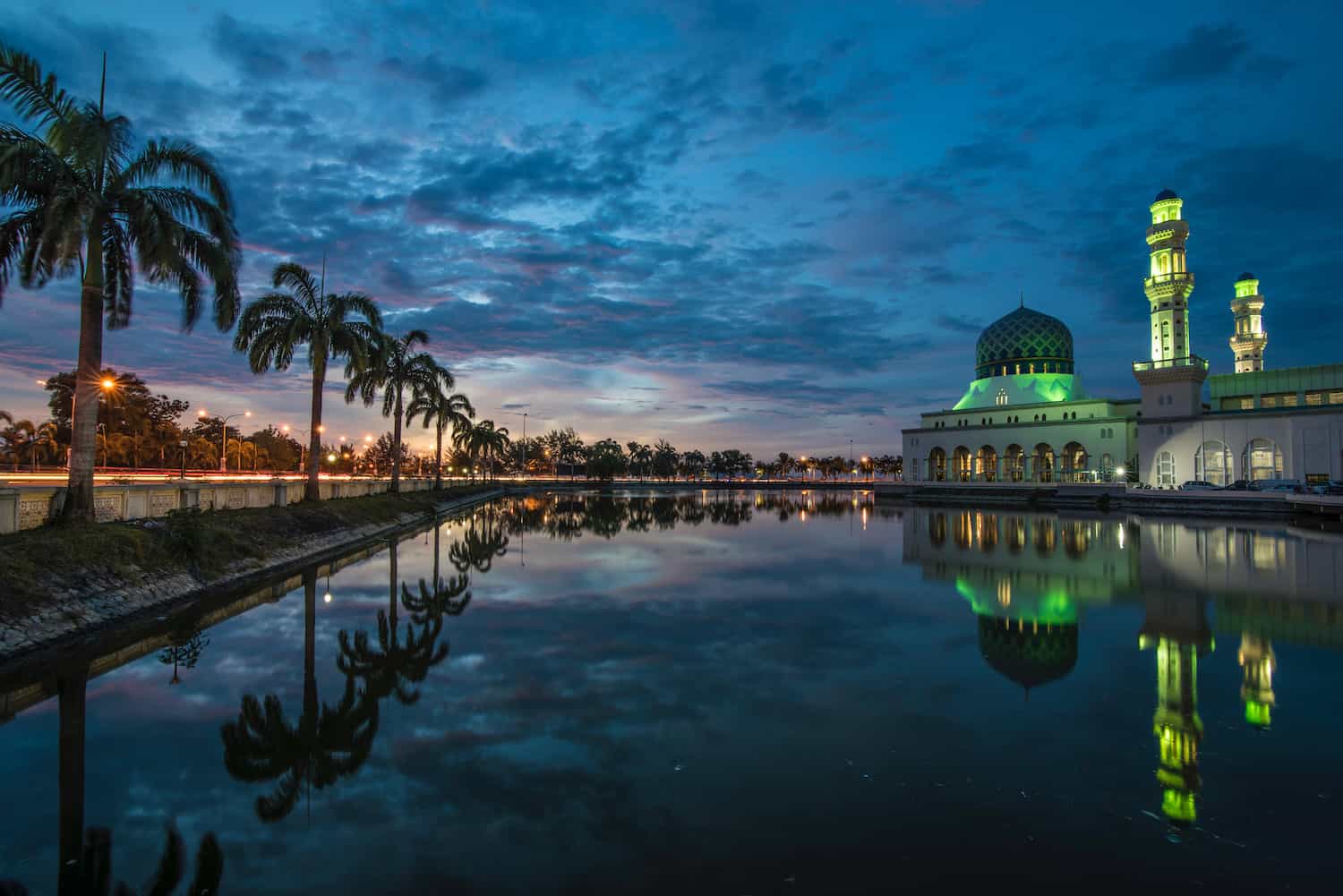
Indeed, it’s because of all that differentiates these two cities that I hesitate to say whether Kota Kinabalu or Kuching was objectively “better.” But I do think it’s necessary to write this post comparing and contrasting them, if only so that you can have a realistic idea of what to expect on your own trip to Borneo.
Kota Kinabalu vs. Kuching Cityscape
Kota Kinabalu is grungy—there’s no other way to put it. In some parts of the city this works, such as in the actual city center, which almost evokes what I imagine China would be like if it were more tropical.
On the other hand, Kota Kinabalu’s city beaches, such as famed sunset spot Tanjung Aru, are downright nasty. I didn’t feel like I was in paradise there, and really never even felt at ease. (To give credit where credit was due, however, the Kota Kinabalu city mosque, which you can see pictured below, was stunning.)
Kuching, on the other hand, is not only significantly cleaner and greener than Kota Kinabalu, in terms of its city-proper, but seems to blend more effortlessly into the surrounding jungle and river scenery. I felt like I was “in” Borneo the moment I arrived in Kuching, if that makes any sense, and I certainly hadn’t felt the way in Kota Kinabalu.
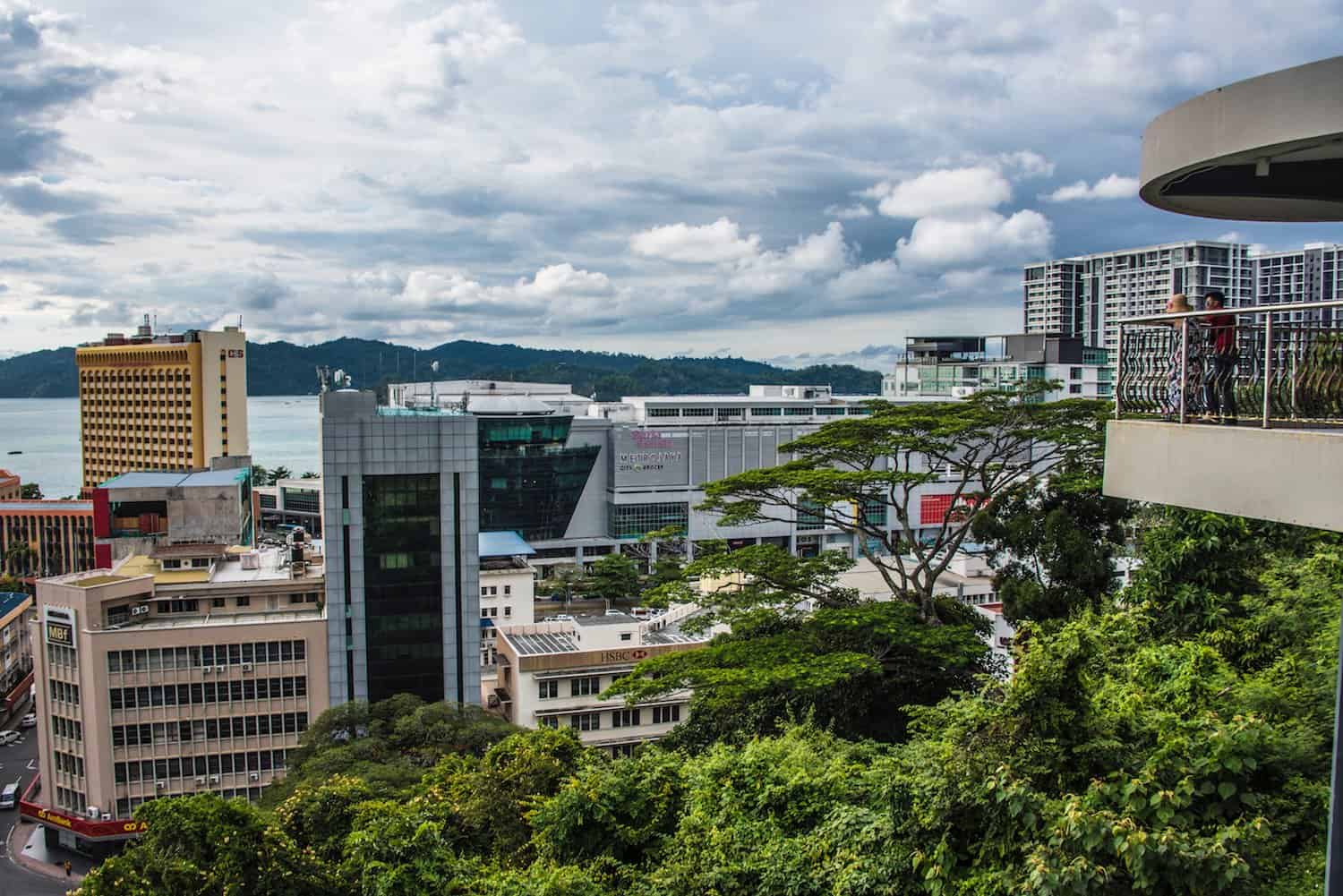
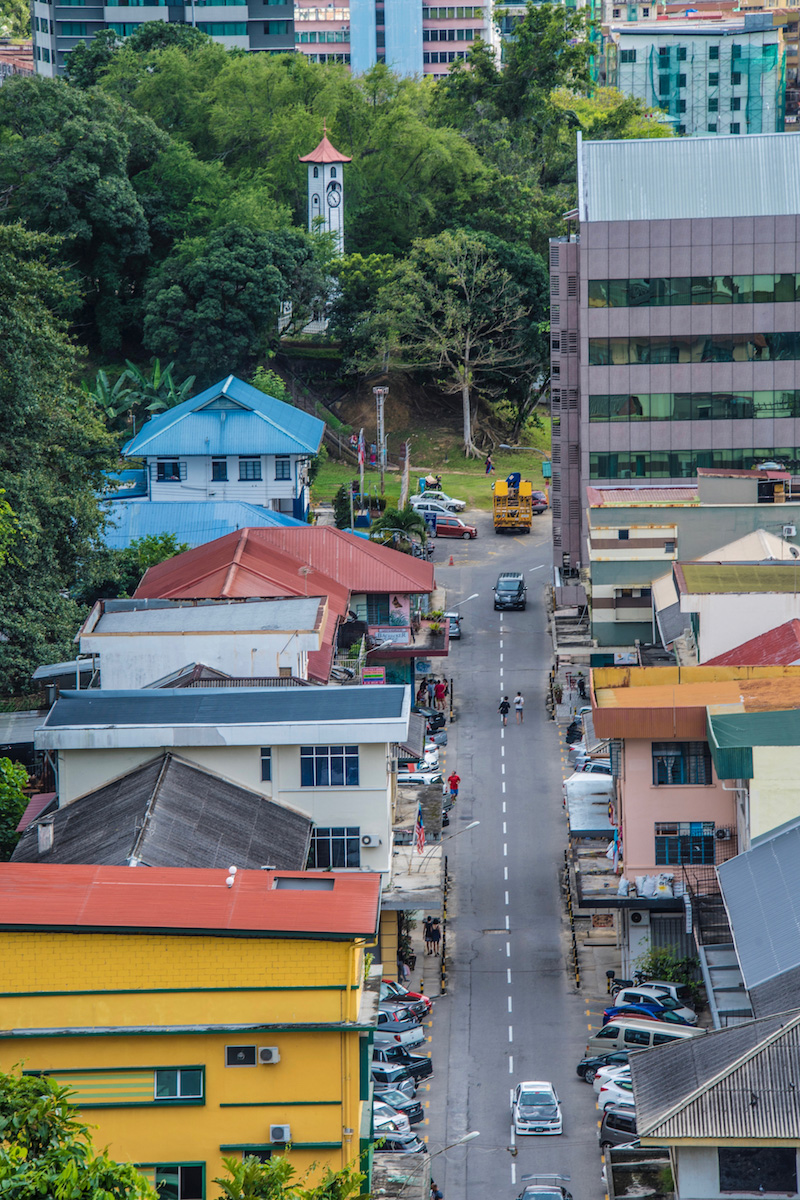
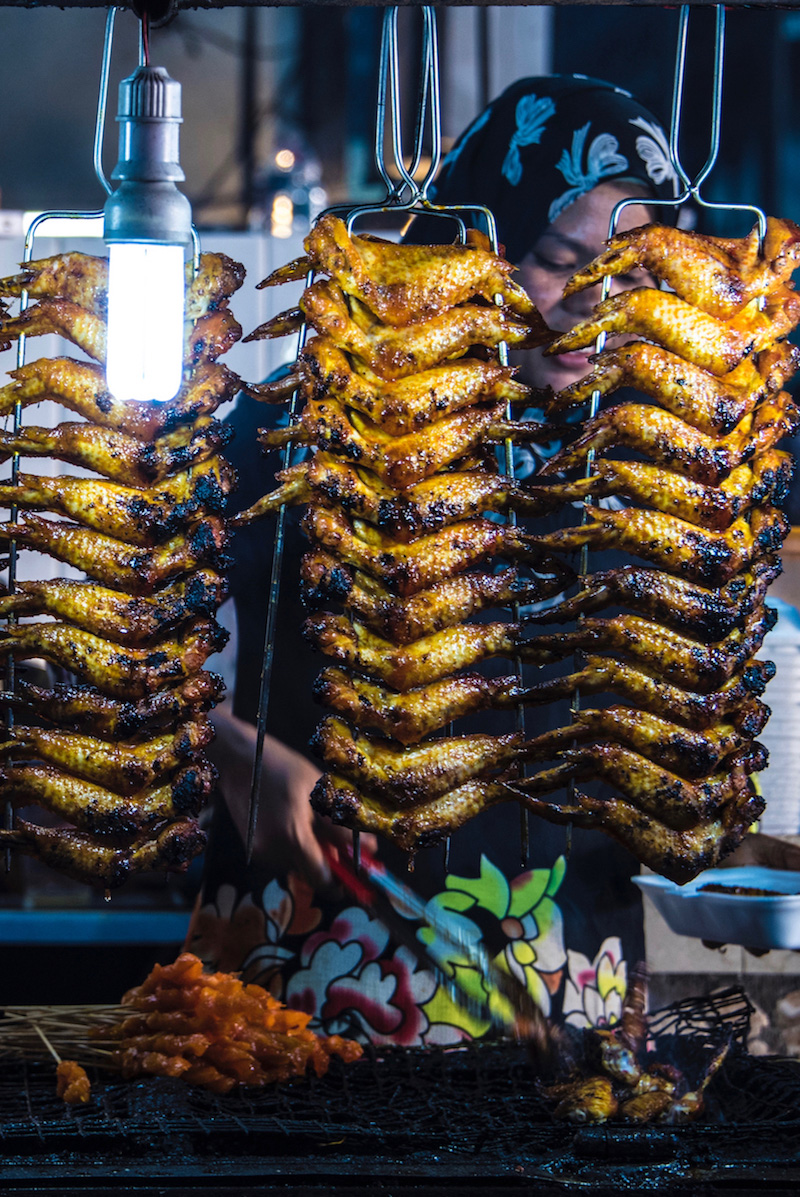
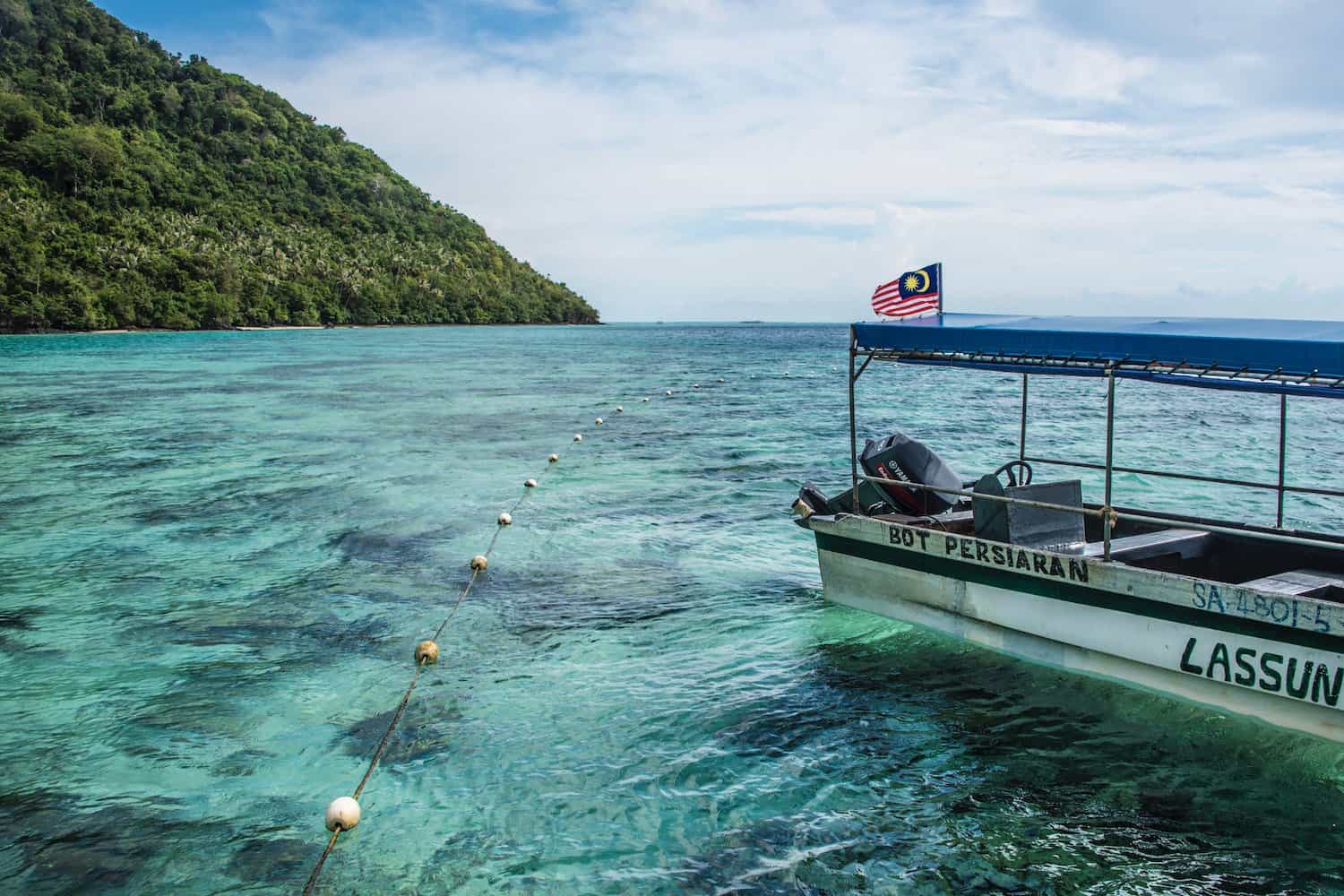
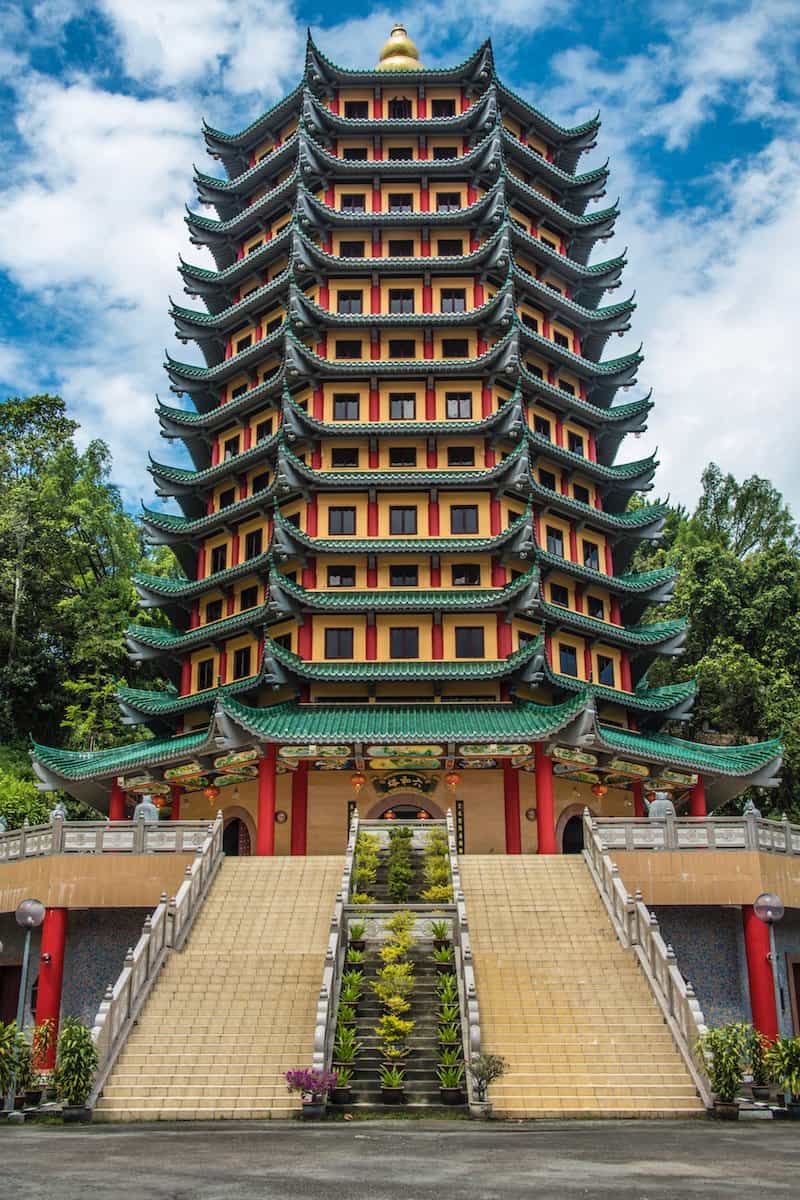

Activities Around Kota Kinabalu and Kuching
Kota Kinabalu is within day-trip distance (well, sort of—I managed to fuck it up) of one of the best islands in all of Malaysia, Bohey Dulang. Beyond this, there’s the Tunku Abdul Rahman Marine Park (islands that are closer to the city, but less exotic) and Mount Kinabalu, which is arguably Borneo’s most famous attraction.
Kuching’s two star attractions are the Semenggoh Wildlife Reserve, which is home to a population of orangutans currently being rehabilitated, and Bako National Park, a destination that’s unfortunately better for hiking than it is for swimming—the water is turbulent and, I imagine, full of jellyfish.
On the other hand, these attractions are both within Ubering distance of Kuching’s city center, which has to count for something.
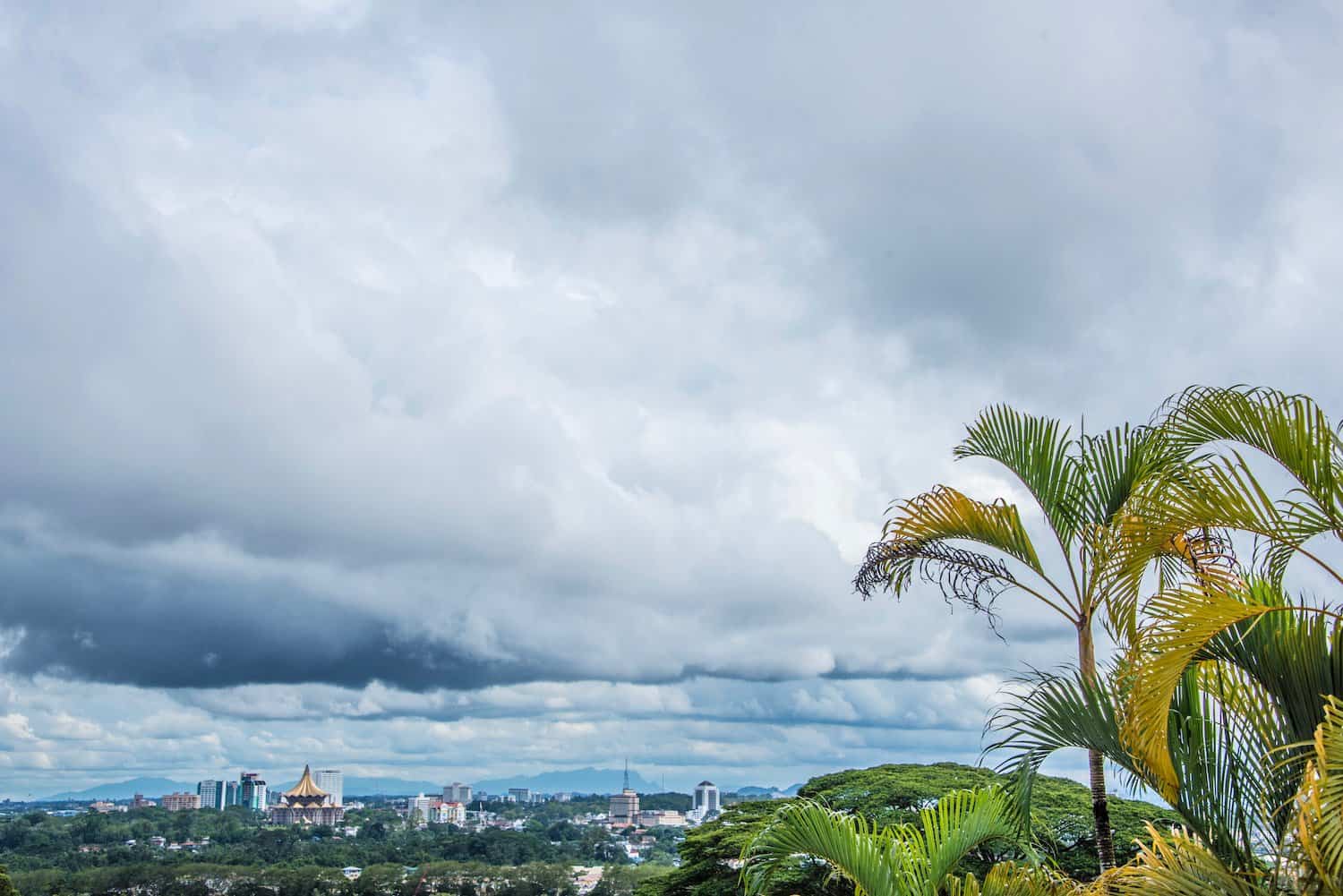
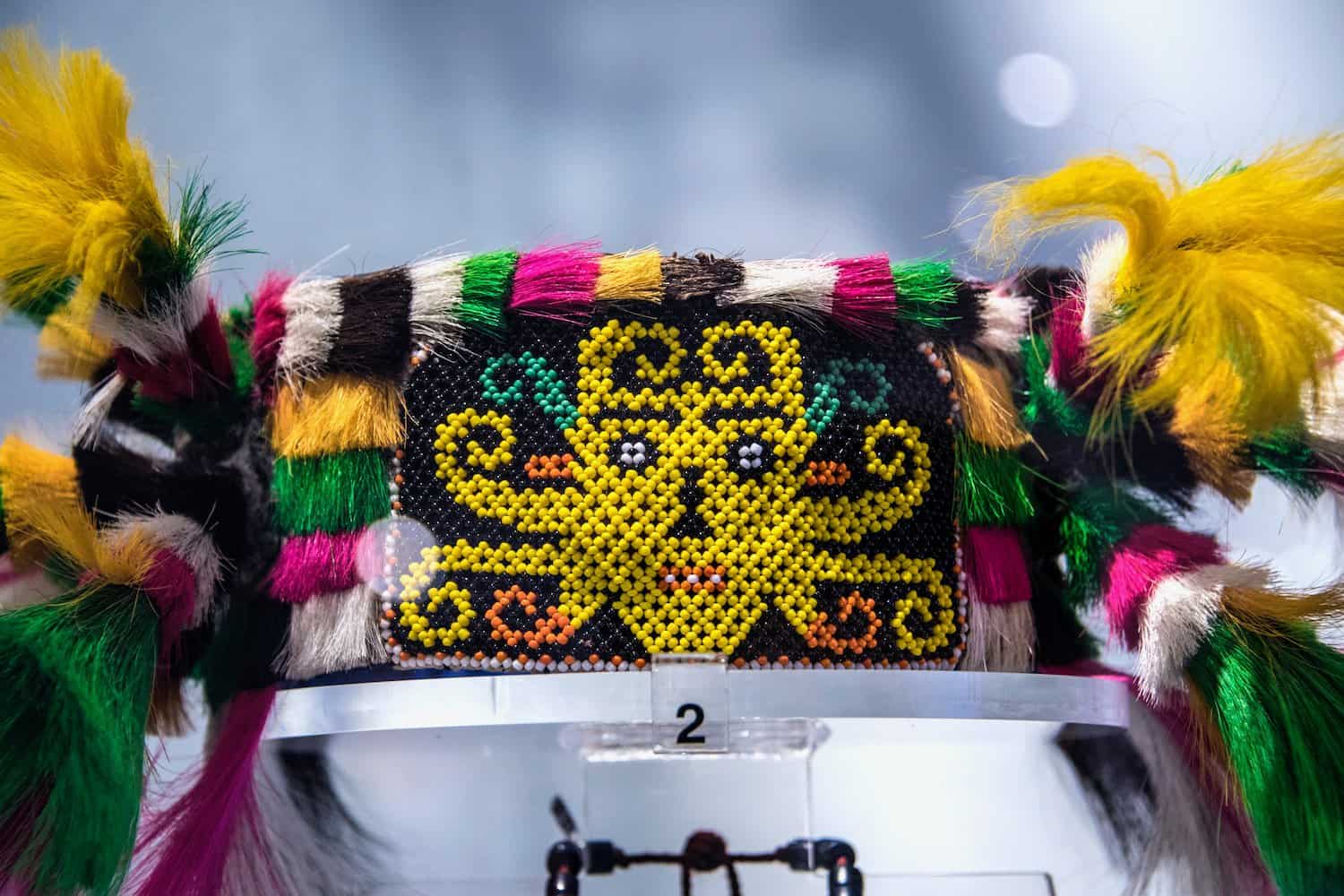
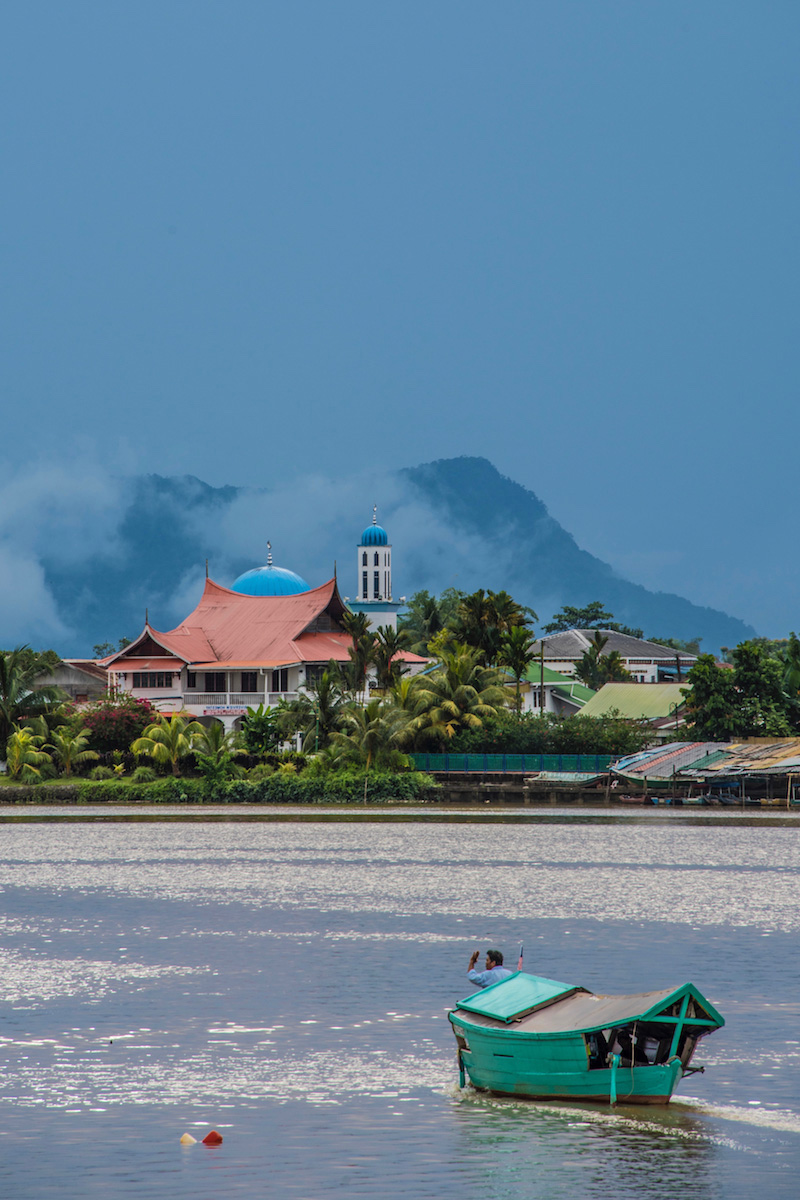
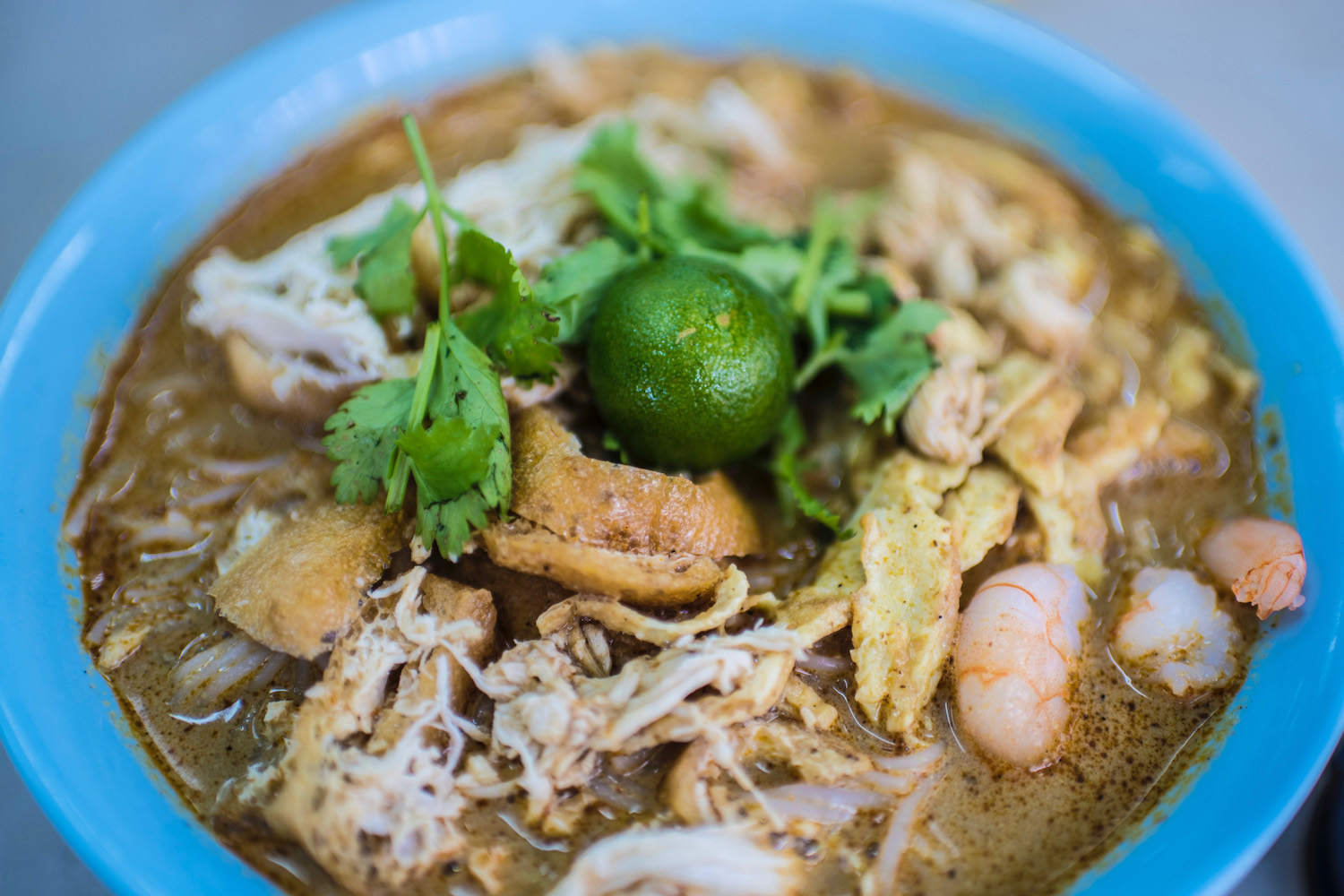
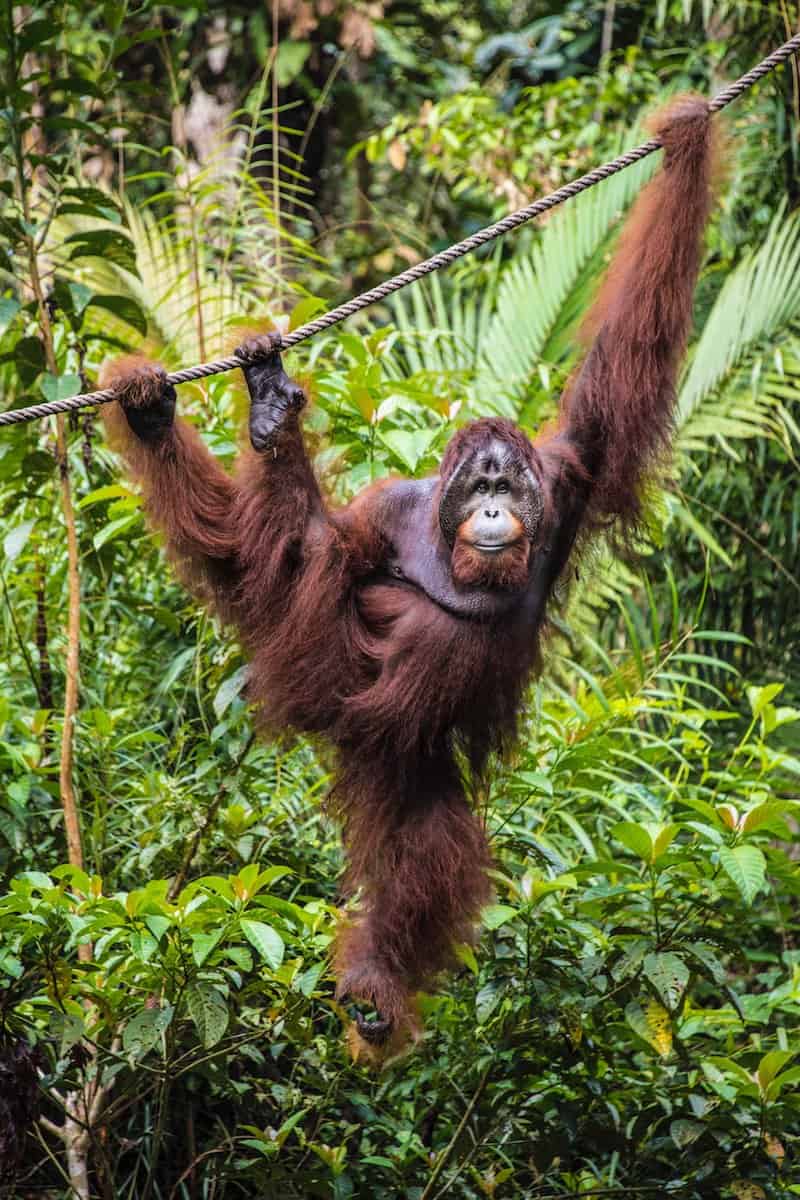
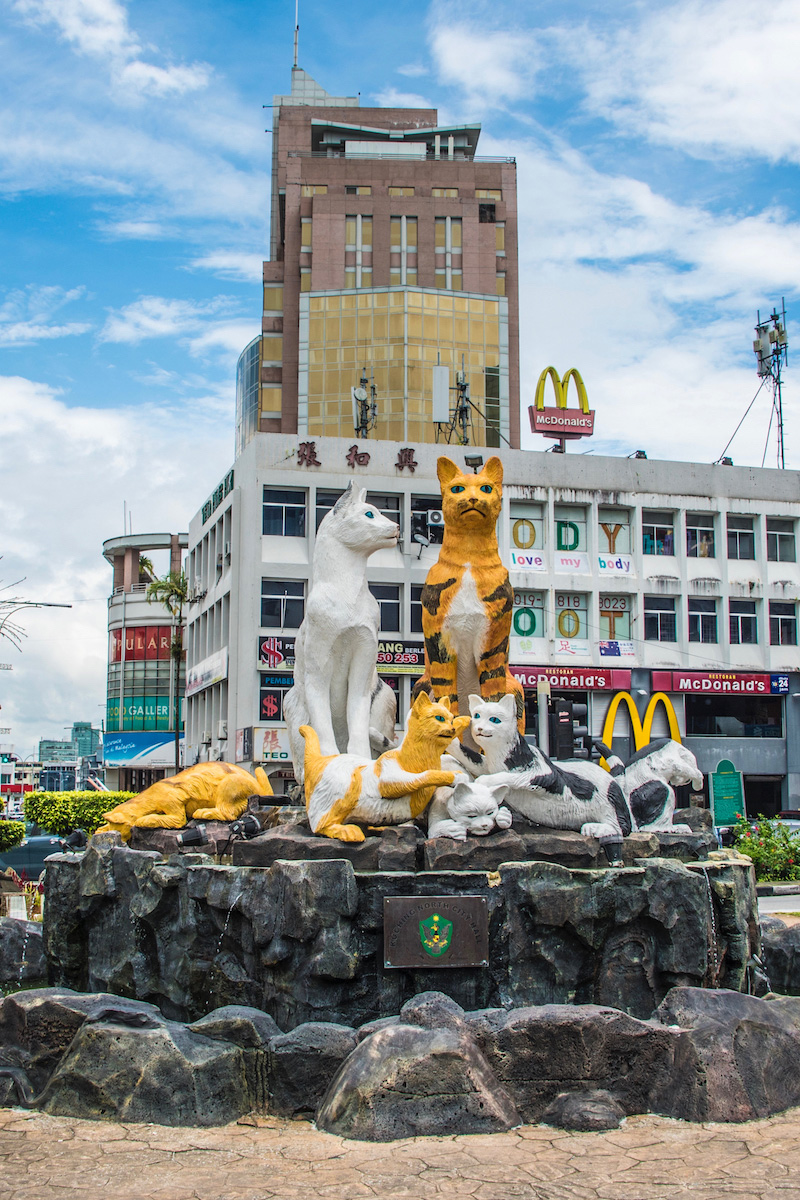
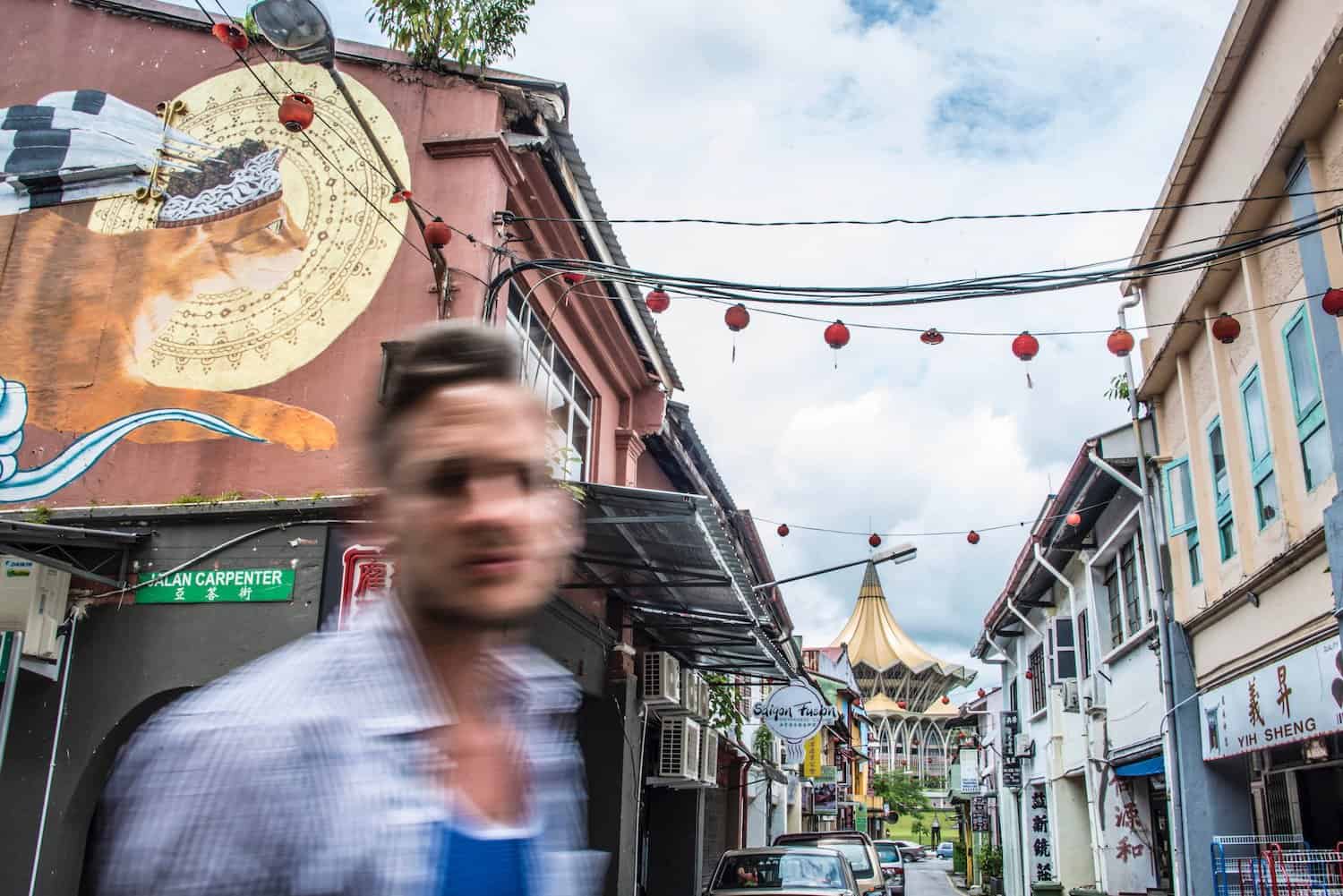
Sabah Vibe vs. Sarawak Vibe
Like Kota Kinabalu, I found Sabah to be a generally grungy-feeling state, which surprised me. Kota Kinabalu is the largest and wealthiest city on the island of Borneo, so I expected that state of which it’s the capital to have achieved a level of development close to that of the Peninsula, even though I was under no illusions that KK would be as nice as Kuala Lumpur.
Sarawak, at least what I saw of it, seemed very much in line with what I saw in Kuching: A clean, green state that actually “feels” like Borneo. I unfortunately didn’t make it to Bario, the home city of my friend Lilian (whom I wrote about in my Hong Kong essay last year), which is supposed to be the highlight of Sarawak. Next time!
The Bottom Line
Both Kota Kinabalu and Kuching have their charms, but to me there’s no question that Kuching is objectively the “better” of the two cities. Likewise, while I think there’s merit in visiting Sabah and Sarawak during your trip to Malaysia, Sarawak “feels” manifestly more like Borneo, which is something I imagine you’ll agree with as soon as you arrive.

Robert Schrader is a travel writer and photographer who’s been roaming the world independently since 2005, writing for publications such as “CNNGo” and “Shanghaiist” along the way. His blog, Leave Your Daily Hell, provides a mix of travel advice, destination guides and personal essays covering the more esoteric aspects of life as a traveler.








